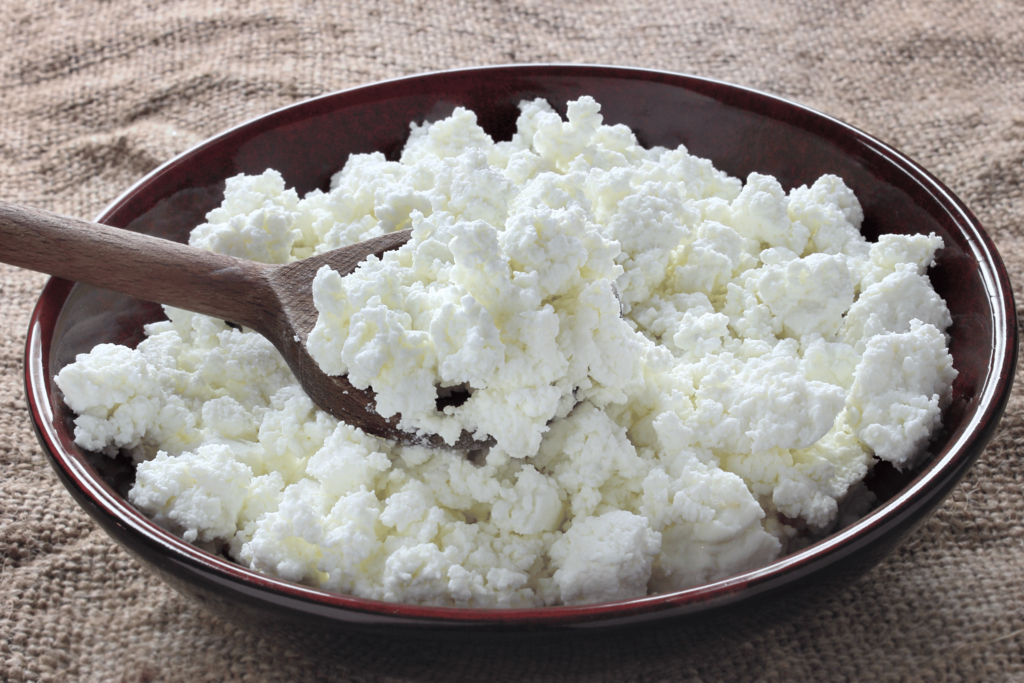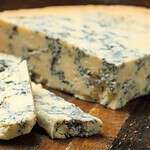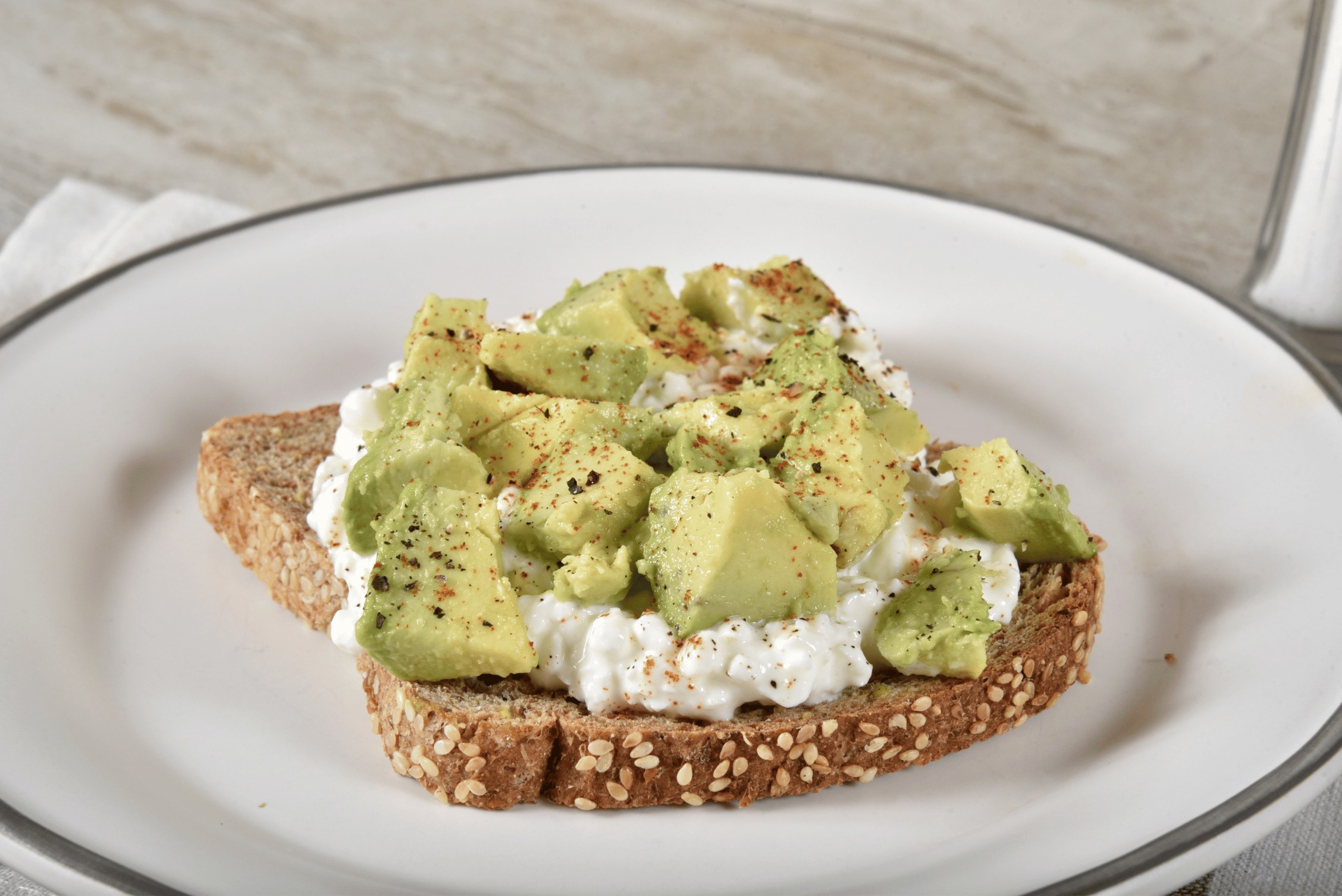Cottage cheese is a versatile dairy product that can be an excellent addition to various meals due to its high protein content and nutrition benefits. As a fresh cheese curd product with a mild flavor, it is easily adapted to different recipes and can be enjoyed in many forms, from a straightforward snack to an inventive component in cooking. Whether you are trying it for the first time, looking to incorporate more protein into your diet, or searching for a new culinary experience, cottage cheese offers a lot to explore.

We can integrate cottage cheese into our diets through various methods, and our preferences can shape the way we prepare it. It does not demand extensive culinary skills to start enjoying its benefits. Keeping in mind a few fundamental preparations can make it a staple in your kitchen. Customizing its taste and texture to individual likings allows us to appreciate cottage cheese in both savory and sweet contexts. Equipped with the right information and a little creativity, we can turn this humble cheese into a delightful part of our everyday meals.
Key Takeaways
- Cottage cheese is highly nutritious and versatile in the kitchen.
- It’s easy to prepare and can be customized to suit different tastes.
- Innovative methods can enhance its use in a wide array of dishes.
Understanding Cottage Cheese

Cottage cheese is a versatile dairy product known for its distinct texture comprised of curds. Our exploration will include its different varieties, nutritional benefits, dietary significance, and comparison with other dairy products.
Cottage Cheese Varieties
Cottage cheese comes in various forms that differ by curd size and fat content. Large curd cottage cheese offers a chunkier texture, while small curd versions present a smoother feel. The fat levels range from non-fat (0% milk fat) to low-fat (1-2% milk fat) and regular (about 4% milk fat). Additionally, some versions are mixed with cream for a richer flavor.
Nutritional Profile
This dairy product is known for its high-protein content, with approximately 14 grams of protein per half-cup serving. Cottage cheese is also low in calories and contains important nutrients such as calcium and B vitamins. Here’s a brief nutritional outline for a standard serving of low-fat cottage cheese:
- Calories: ~90
- Protein: 14g
- Calcium: 10% of the Daily Value
- B Vitamins: Good source, particularly B12
The Role of Cottage Cheese in a Balanced Diet
Cottage cheese can be a healthy ingredient in a balanced diet due to its protein-packed nature and capacity to keep us feeling fuller for longer. It’s suitable for weight management or muscle building plans because of its nutritional composition, which supports satiety and muscle synthesis.
Cottage Cheese vs. Other Dairy Products
When compared to cream cheese, cottage cheese is lighter in calories and fat, and richer in protein. It also differs from yogurt by typically having a higher protein content, especially when compared to traditional, not Greek yogurt. Ricotta is smoother but often higher in calories and fat than cottage cheese. In contrast, sour cream is used more as a condiment and is higher in fat, making cottage cheese a healthier alternative for those seeking a protein-rich, lower-fat option.
Preparation Basics

Before enjoying cottage cheese, we must consider the type of cottage cheese we’re selecting, the proper way to store it, and how we can achieve a creamy texture through whipping.
Selecting the Right Type
When choosing cottage cheese, pay attention to the milk fat content and curd size which greatly influence texture. For a creamier texture, opt for a higher milk fat product. Those of us seeking a healthier option might prefer low-fat or non-fat cottage cheese. The small curd variety is excellent for a smoother consistency, while large curd offers a chunkier bite.
Storing Guidelines
Storing cottage cheese correctly is vital in preserving its freshness and texture. Cottage cheese should be kept refrigerated at all times, ideally at temperatures between 32°F and 40°F. Upon opening, make sure to seal it tightly and consume it within five to seven days to maintain the best quality and flavor.
The Art of Whipping Cottage Cheese
For a fluffy and creamy texture, whipping is our go-to method. We’ll need a food processor or blender. Start with cold cottage cheese straight from the fridge and process for up to a minute or until the preferred consistency is reached. The result is a whipped cottage cheese that’s versatile and can be used in both sweet and savory dishes.
Innovative Ways to Eat Cottage Cheese
Cottage cheese is a versatile ingredient that can elevate the taste and nutritional value of many dishes, from breakfast to dessert. Explore these exciting ways to incorporate cottage cheese into your meals.
Cottage Cheese for Breakfast
We can start our day healthily by adding cottage cheese to our breakfast recipes. Mix it into your waffle batter or muffin batter for added protein, or create a cottage cheese bowl with fresh fruits and a drizzle of honey.
- Cottage Cheese Toast: Spread it on toast and top with avocado or tomato slices.
- Breakfast Banana Split: Substitute ice cream with cottage cheese and add fresh berries and a bit of jam or honey.
Savory Dishes and Accompaniments
Cottage cheese lends a creamy texture and protein boost to various savory dishes.
- Pasta and Casserole: Substitute some cheese with cottage cheese in your lasagna or casserole recipe.
- Tuna Salad: Mix cottage cheese into your tuna salad for a creamy consistency without excess calories.
Cottage Cheese in Baking
Cottage cheese can be a secret ingredient in baking, offering moisture and a lighter texture to your baked goods.
- Muffins and Dinner Rolls: Add cottage cheese to your batter or dough for a tender crumb.
- Crepes: Include cottage cheese in your crepe filling for a rich and satisfying addition.
Healthy Snacks and Sides
Transform your midday snacks with the light freshness of cottage cheese.
- Dips: Blend cottage cheese to create a smooth base for herb and vegetable dips.
- Cottage Cheese Bowl: Combine it with chopped vegetables and your favorite seasonings for a quick and healthy side.
Sweet Cottage Cheese Treats
Cottage cheese isn’t just for savory; sweet dishes benefit from its creamy texture too.
- Fruit Smoothies: Add a scoop of cottage cheese for a creamy and protein-rich smoothie.
- Ice Cream Alternative: Freeze blended cottage cheese with sweetener and berries for a guilt-free dessert.
Customizing Cottage Cheese

Cottage cheese is a versatile dairy product that we can easily customize with a variety of mix-ins and toppings. Whether you crave something sweet or savory, the options for personalizing cottage cheese to suit your taste are seemingly endless. Below, we explore methods to create your own flavors, ensuring that your cottage cheese is anything but bland.
Creating Your Own Flavors
For those of us with a sweet tooth, enhancing cottage cheese with a drizzle of honey or a sprinkle of cinnamon can transform it into a delightful treat. Here’s a simple way to level up your cottage cheese with sweet toppings:
- Berries and Fresh Fruit: Add a cup of mixed berries such as strawberries, blueberries, and raspberries, or chop fresh fruit like peaches or bananas.
- Granola and Nuts: For crunch and texture, mix in a handful of granola or your choice of chopped nuts like almonds, walnuts, or pecans.
- Nut Butter and Jam: Swirl in a tablespoon of almond or peanut butter, and some jam for a combination that’s reminiscent of a classic PB&J.
For those who prefer savory options, cottage cheese provides an excellent base for a variety of hearty and flavorful ingredients. Here’s how we can incorporate savory mix-ins:
- Vegetables: Stir in diced scallions, tomatoes, or roasted peppers to add a burst of freshness and color.
- Olive Oil and Herbs: A drizzle of olive oil and a pinch of herbs like za’atar or oregano can give a Mediterranean twist to your cottage cheese.
- Heat: If you like a bit of spice, a few dashes of hot sauce can elevate the flavor profile.
Remember, the key to a great custom cottage cheese experience is to mix and match toppings until you find the combination that best suits our palate. Whether you’re in the mood for something sweet, zesty, or spicy, these suggestions will add a deliciously unique touch to your cottage cheese dish.
Frequently Asked Questions

In this section, we address common inquiries about cottage cheese, offering practical tips and insights to enrich your experience with this versatile dairy product.
What are some tasty pairings with cottage cheese other than fruit?
We find that pairing cottage cheese with savory items such as crackers, cucumber slices, or cherry tomatoes enhances its flavor. For an extra zest, sprinkle some pepper, herbs, or a dollop of salsa on top.
Are there any creative ways to enhance the flavor of cottage cheese for those who may not like it?
Mixing in a variety of seasonings such as garlic powder, chives, or dill can transform cottage cheese for those skeptical of its taste. Blending it until smooth can also alter its texture, often making it more palatable for first-time consumers.
What are the health benefits of incorporating cottage cheese into my diet?
Cottage cheese is rich in protein and calcium, which are essential for muscle and bone health. It’s also low in calories and can be a great option for those looking to manage their weight while still enjoying creamy textures in their meals.
Can you suggest some recipes that use cottage cheese as a main ingredient?
Cottage cheese lends itself well to recipes such as lasagna, where it can provide a creamy layer, or blended into pancake batter for a protein-rich breakfast. It’s also excellent in stuffed bell peppers or as a substitute for ricotta in pasta fillings.
How do cottage cheese and yogurt compare nutritionally?
Cottage cheese typically has higher protein content and fewer carbohydrates than yogurt, making it a preferred option for those on high-protein or low-carb diets. Both provide calcium, but yogurt may also offer probiotics that are good for gut health.
Is it common to consume cottage cheese on its own, or is it typically mixed with other foods?
While many enjoy cottage cheese on its own, especially as a quick snack, it’s also common to mix it with other foods. It serves as a blank canvas and can be included in both sweet and savory dishes, making it a highly adaptable option in a variety of meals.






